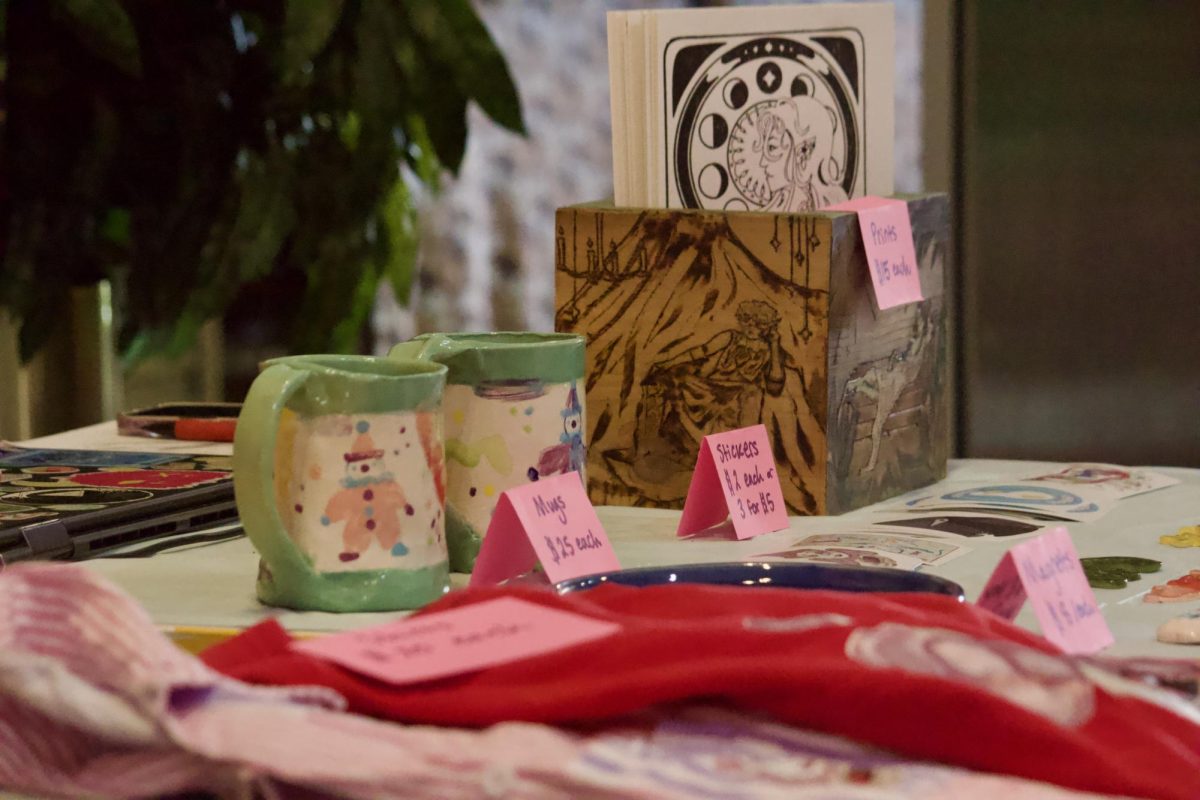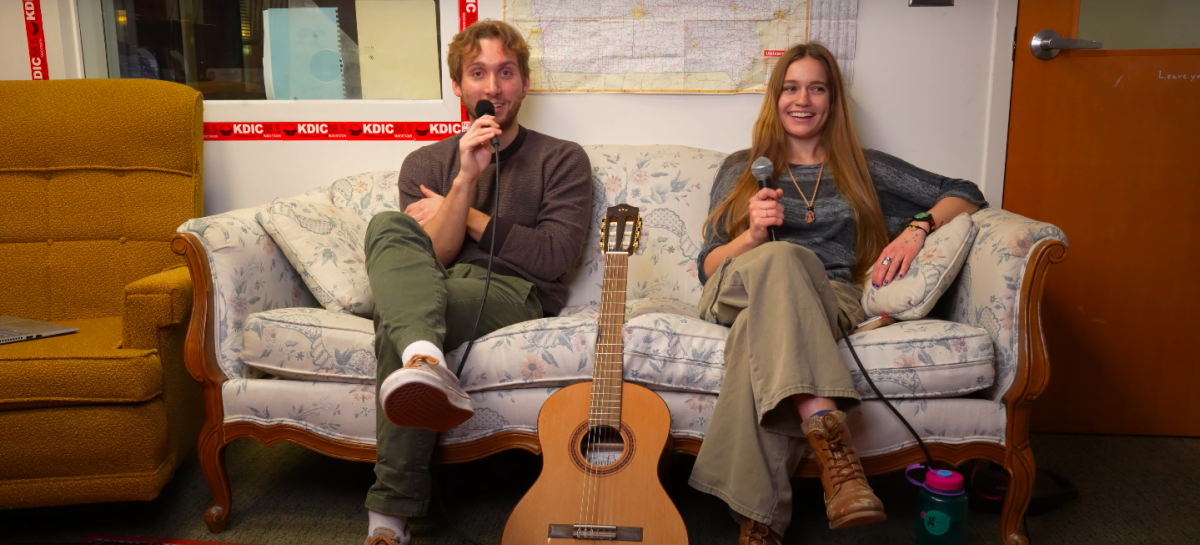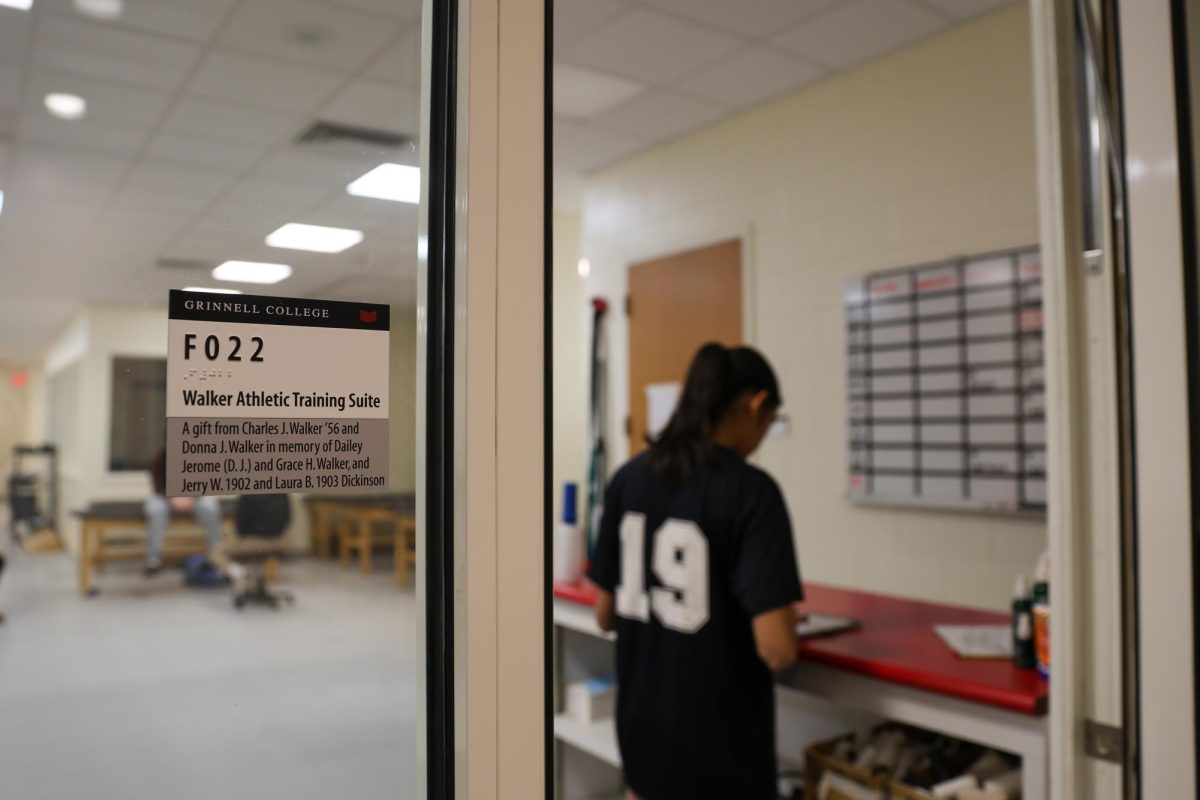
You’ve probably heard that the correct amount of water to drink per day is eight 8-ounce glasses, or 64 ounces. However, the ever-exhaustive, ever-dubious health resource that is the Internet provides varying answers. So, how much water per day is really the right amount?
According to the National Academy of Sports Medicine’s website, the recommended daily water intake ranges from 91 to 130 ounces per day, depending on sex, weight, and other characteristics. 96 ounces seemed like a lot of water to me, so I decided to try what every other health writer has apparently already done: drink 96 ounces of water per day, every day, for a week, and see if it has a visible effect.
The first thing I learned over the course of my very unscientific experiment was that 96 ounces of water is both more and less water than I expected. I decided to measure my intake by drinking 3 full Nalgene bottles of water per day, since one regular-sized bottle holds 32 ounces. Some days, it seemed like way too much to drink, while on others, I barely noticed that I was drinking more water than usual. Once I got into the routine of bringing the bottle everywhere I went, it got easier to finish each day’s requirement.
Most of the benefits promised by staying very hydrated likely take a while to show up, and a week is probably not nearly enough time. I did, however, find that being hydrated when I went to bed made waking up in the morning much more pleasant, which is a definite plus. I also opted to drink water with meals more frequently to finish the day’s requirement more quickly, so that’s a parallel benefit, though not an actual result of increased hydration. There were no dramatic changes in how I felt when going about my daily life, for the most part, it made me more aware of the need to stay at least reasonably hydrated. I doubt I’ll continue with a 3-Nalgene-per-day regime, but I’ll keep carrying my water bottle around campus to remember to drink more water.
This week’s book:
Written in only two weeks in 1988, Paulo Coelho’s “The Alchemist” is a worthwhile read. The story follows Santiago, an Andalusian shepherd boy, as he attempts to follow what he believes to be a prophetic dream. Coelho’s poetic prose makes the story itself take on dreamlike qualities at times, and at just around 200 pages, it’s an ideal adventure to escape to when classes get too stressful.
This week’s music:
Need some good walking music to get you through the second half of the semester? Try Tom Waits’ “The Heart of Saturday Night,” with plenty of mournful, bluesy melodies and soulful saxophone solos to jazz up any late-night stroll through the loggia. Lyrics are not, for the most part, this album’s strong point, but the soul-jarring intros to “Semi Suite” and “New Coat of Paint” more than make up for it.
This week’s recipe:
Leek-and-potato soup
This is loosely based on my grandmother’s recipe for this soup, a favorite of mine and my cousins’ after coming in from a freezing afternoon outside. The recipe depends on the texture of the leeks, which will soak up the broth and make the whole dish more flavorful. If you’ve never prepared leeks before, it’s probably a good idea to find a photo tutorial online with instructions to avoid getting sand or grit in the soup. I would strongly recommend against using reduced-sodium broth for this particular recipe, because I have not included any seasoning in the ingredients – I usually find that the saltiness of the broth provides plenty of flavor.
Ingredients:
2 cans of chicken or vegetable broth (uncondensed)
1 large carrot, peeled
3 large potatoes, peeled
Half an onion
3-4 leeks
1. Chop off the tops and bottoms of the leeks and slice them lengthwise. Fan the layers under cold water to wash out any sand or grit. Chop widthwise into half-inch pieces.
2. Chop the carrot and potatoes into medium-sized chunks. Dice the onion, fairly roughly.
3. Place all the vegetables in a pan and cover with water. Boil until the leeks are semi-transparent and the potatoes are nearly soft.
4. Drain the water from the pan and return the pan to stove. Add the broth and simmer on a medium-to-low setting until the potatoes are soft all the way through and the leeks are fully transparent. Remove from heat and serve. Refrigerates and reheats well; serves 2-4 people.



















































